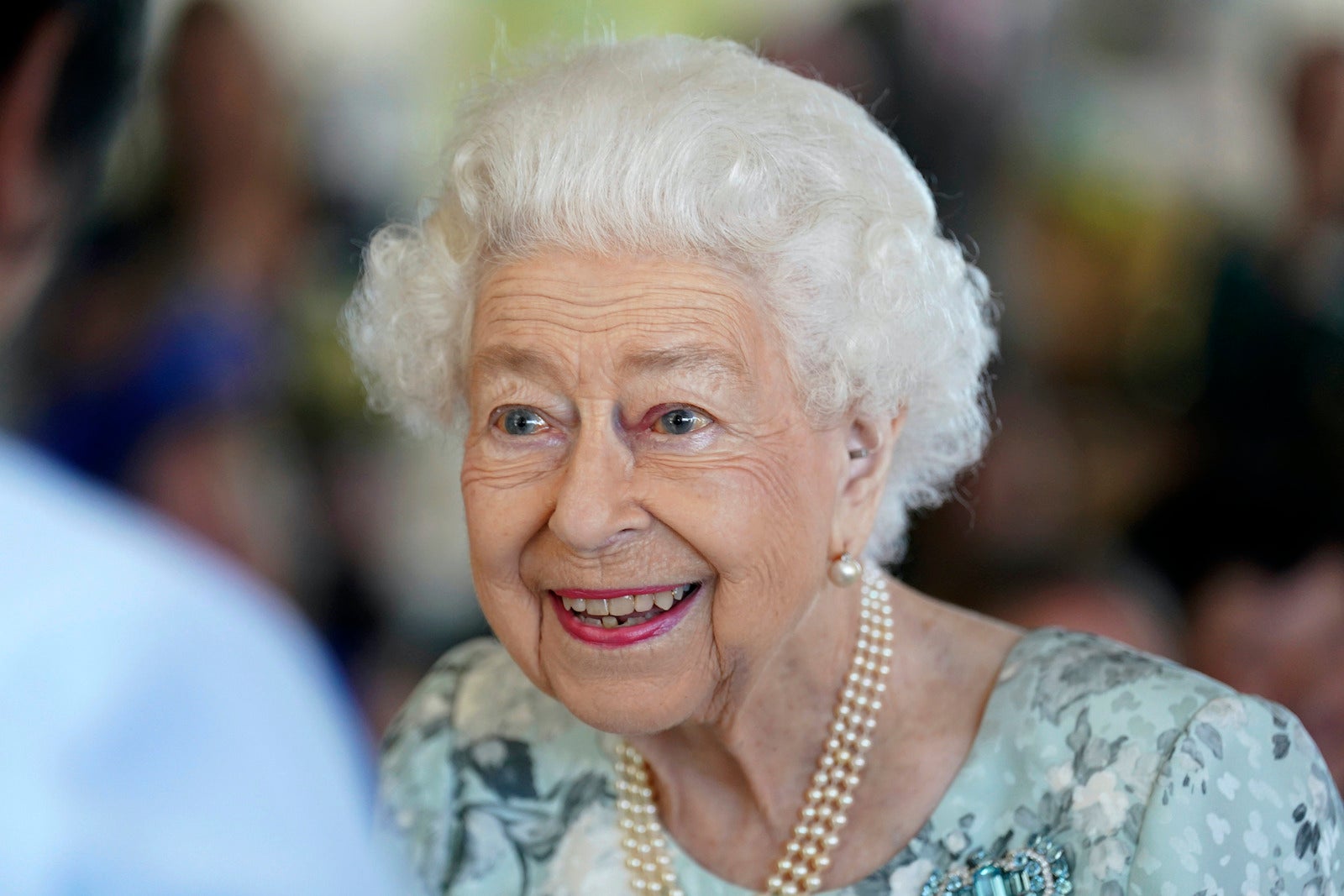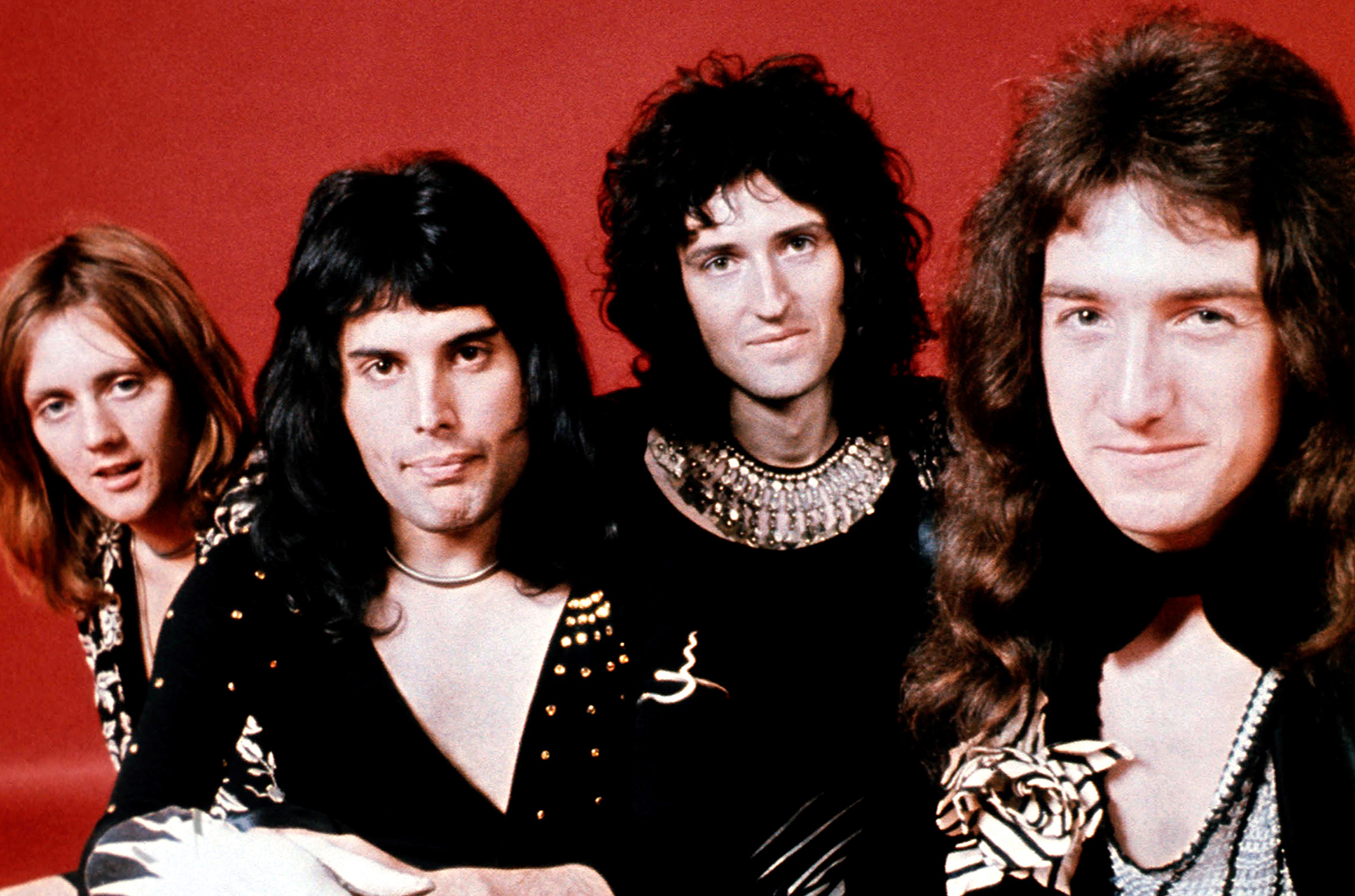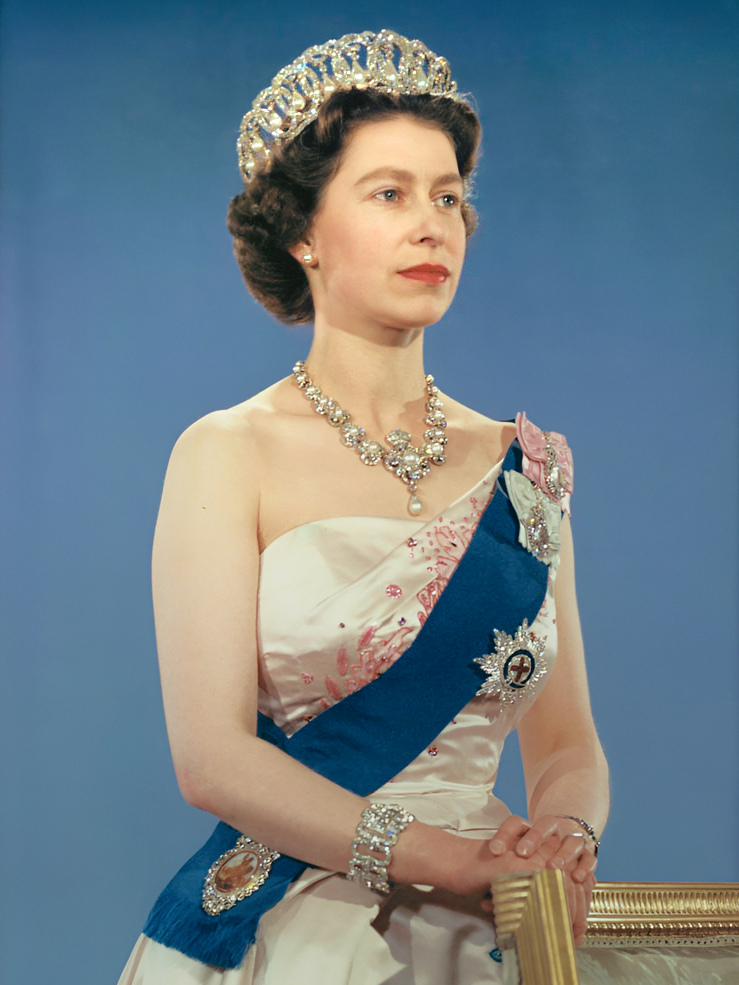Many people are quite curious about the lives of historical figures, especially those who shaped an entire era. When we think of Queen Victoria, a powerful monarch who ruled for a very long time, images of a serious, perhaps even somewhat imposing, figure often come to mind. It's a common thing to wonder about the personal aspects of such a public person, like their actual physical appearance. What was her real height, for instance, or how much did she weigh? These are questions that, in a way, help us connect with someone from so far in the past, making them feel a little more human and less like just a picture in a history book.
You see, the way we picture historical people can often be influenced by paintings or even stories passed down through the years, which sometimes don't quite capture the full picture. For Queen Victoria, there's a certain popular image that might not entirely match the truth of her stature. It's almost as if we've built up an idea of her that might be slightly different from the person who lived and breathed and governed an empire.
Getting to the real facts about Queen Victoria's weight and height can actually offer a fresh perspective on her life. It helps us see past the formal portraits and understand the woman behind the crown a bit better. This kind of detail, you know, can really add depth to our appreciation of her story and the times she lived in.
Table of Contents:
- The Life of a Monarch
- What Was Queen Victoria's Actual Height?
- How Did Queen Victoria's Weight Change Over Time?
- The Royal Wardrobe - Dressing Queen Victoria's Figure
- Did Queen Victoria's Diet Affect Her Weight?
- What Did Contemporaries Say About Queen Victoria's Weight and Height?
- Health and Lifestyle - Impact on Queen Victoria's Physical State
- The Legacy of Queen Victoria's Physical Image
The Life of a Monarch
Queen Victoria's life began in May of 1819, and she came to the throne at a rather young age, just eighteen years old, in 1837. Her reign, which lasted for more than six decades, was truly quite remarkable, shaping an entire historical period that now carries her name. She inherited a crown and, in some respects, a nation that was just beginning to experience massive shifts, both socially and industrially. Her early years as queen were marked by a youthful energy, and she quickly made her presence felt.
Her marriage to Prince Albert in 1840 was, by all accounts, a deep and loving partnership that brought nine children into the world. This family life, so to speak, was a central part of her existence, even as she carried the heavy duties of a monarch. Albert was, in a way, her closest advisor and companion, and his sudden passing in 1861 left her in a state of profound grief that lasted for the rest of her days. This loss profoundly affected her public persona and her personal habits, too.
Throughout her very long time on the throne, Queen Victoria saw incredible changes sweep across her country and the world. From the expansion of the British Empire to huge advancements in technology and daily life, she was a constant figure, a symbol of stability and continuity. Her influence, you know, extended far beyond just political decisions; she became a sort of grandmother figure to Europe's royalty and a powerful emblem for her own people. Her life, in essence, was intertwined with the story of a whole age.
| Detail | Information |
|---|---|
| Full Name | Alexandrina Victoria |
| Born | May 24, 1819 |
| Died | January 22, 1901 |
| Reign | June 20, 1837 – January 22, 1901 |
| Spouse | Prince Albert of Saxe-Coburg and Gotha |
| Children | 9 (4 sons, 5 daughters) |
| House | Hanover (and Saxe-Coburg and Gotha through marriage) |
| Known Height | Approximately 5 feet (1.52 meters) |
| Known Weight | Varied, increased significantly in later life |
What Was Queen Victoria's Actual Height?
There's a common image of Queen Victoria as a rather small person, and in some respects, that's actually quite true. She wasn't a tall woman by any stretch of the imagination, even for the standards of her time. Historical records and personal accounts consistently point to her being around five feet in height, or perhaps just a little bit over. This might seem quite petite to us today, but it was, you know, not entirely unusual for women in the 19th century, though she was certainly on the shorter side.
Dispelling common myths about Queen Victoria's height often involves looking at how she was presented in public. Despite her small stature, she projected an enormous sense of authority and presence. Her formal portraits, for example, often show her seated or in a way that minimizes her actual physical size, focusing instead on her regal bearing. This was, in a way, a deliberate choice to emphasize her power rather than her physical dimensions, which, you know, is pretty typical for royal portraiture.
Historical accounts and measurements for Queen Victoria's height come from various sources, including the observations of those who met her and, perhaps, even some official records. While precise measurements might be hard to come by from that era, the general consensus is that she was indeed quite short. This fact about Queen Victoria's height is something that often surprises people who have only seen her in grand, imposing paintings.
Her short stature might have influenced her presence in subtle ways, too. It's often said that smaller people sometimes develop a stronger personality or a more commanding demeanor to compensate, and this could arguably be true for Victoria. She was known for her strong will and her determination, qualities that were, perhaps, even more striking given her physical size. It just goes to show that physical height isn't always a measure of one's impact on the world, is that right?
How Did Queen Victoria's Weight Change Over Time?
When we think about Queen Victoria's weight, it's important to consider that it wasn't a constant thing throughout her very long life. Like many people, her body changed significantly from her youthful days to her later years. In her early life and during her time as a young queen, she was likely of a more average build, perhaps even slender. Pictures from that period, for instance, show a woman with a more delicate figure, which is pretty much what you'd expect from someone in their twenties and thirties.
The impact of pregnancies and later life on Queen Victoria's weight was quite considerable. She had nine children, and each pregnancy, naturally, took its toll and contributed to changes in her body. After the passing of Prince Albert, her habits shifted dramatically. She became much more reclusive, spending a great deal of time in mourning, and her physical activity likely decreased. This, combined with her love for rich foods, led to a noticeable increase in her body mass over the years. By the time she was older, she was quite a substantial figure, which is well-documented in various accounts.
Challenges in determining precise Queen Victoria weight details are, you know, pretty common for historical figures. We don't have exact medical records or scales from that period that would give us precise numbers. Instead, we rely on descriptions from people who saw her, caricatures, and the changing appearance in her portraits. These sources, while not exact, certainly paint a picture of a woman whose weight increased significantly as she aged, especially after the mid-point of her reign. It's a natural progression, really, for many people as they get older, and she was no exception.
The Royal Wardrobe - Dressing Queen Victoria's Figure
The royal wardrobe played a very important part in how Queen Victoria was perceived, especially considering her physical characteristics. Her fashion choices were, in a way, carefully considered to complement her build. In her younger years, she wore the styles of the time, which often emphasized a small waist and full skirts, creating a rather elegant silhouette. As she grew older and her figure became more ample, her clothing adapted, too, favoring more flowing and less restrictive designs that still conveyed dignity.
The significance of her mourning attire on Queen Victoria's overall appearance cannot be overstated. After Prince Albert's death, she famously wore black for the rest of her life, a period spanning four decades. This constant dark clothing, while a symbol of her profound grief, also had a visual effect on Queen Victoria's weight and height perception. Dark colors, generally speaking, tend to make a person appear somewhat smaller or more streamlined, which might have, in some respects, counteracted the increasing size of her frame.
How clothing helped shape public perception of Queen Victoria's weight and height is quite interesting. Her dresses were often grand and elaborate, with rich fabrics and many layers. This kind of attire, especially the wide skirts and decorative elements, could sometimes obscure her true dimensions, making her seem larger or more imposing than her actual height might suggest. It was, in essence, a clever way to project a powerful image, irrespective of her actual physical attributes, which is a pretty common tactic for royalty, you know?
Did Queen Victoria's Diet Affect Her Weight?
When we look at the question of whether Queen Victoria's diet affected her weight, it's worth considering the eating habits of the Victorian royal household. Royal meals were, typically, rather lavish affairs, featuring many courses and a wide variety of rich foods. This was a time when feasting was a sign of status and wealth, and the monarch's table would certainly reflect that. So, in some respects, insights into Victorian royal eating habits suggest a diet that was probably quite high in calories and rich ingredients.
Food and feasting in the royal household were, apparently, a significant part of daily life. Historical accounts describe meals that included multiple types of meat, rich sauces, heavy puddings, and plenty of sweets. It was a culture where abundance was celebrated, and portion control, you know, wasn't really a widespread concept, especially not for royalty. This kind of diet, naturally, would have had a direct link to Queen Victoria's weight over her life, particularly as her activity levels might have changed.
The link between diet and Queen Victoria's weight is pretty clear when you consider her later years. After Albert's death, she reportedly found comfort in food, and her grief may have led to less attention to her physical well-being. Coupled with the rich, indulgent meals that were a standard part of royal life, it's quite reasonable to conclude that her dietary choices played a significant role in her increasing size. It's just a matter of calories in versus calories out, really, and for her, the former seems to have outweighed the latter, especially in her older age.
What Did Contemporaries Say About Queen Victoria's Weight and Height?
It's always fascinating to hear what people who actually knew or saw historical figures had to say about them. Observations from diarists and courtiers about Queen Victoria's physical traits give us a more personal glimpse into her appearance. Many remarked on her rather short stature, noting that she was indeed quite small. As for her weight, particularly in her later years, there are descriptions of her being, you know, quite stout or portly. These personal accounts provide a candid view that formal portraits might not always capture.
Portraits and their accuracy regarding Queen Victoria's weight and height are a topic of much discussion. While official paintings aimed to present a dignified and powerful image, they sometimes smoothed over less flattering physical details. However, as she aged, even some of the more formal portraits began to reflect her increasing girth, especially in profile. Caricatures and satirical drawings, of course, were far less forgiving and often exaggerated her size, which, you know, gives us a sense of how the public perceived her changing figure.
Public perception versus private reality of Queen Victoria's body was, in a way, a fascinating contrast. In public, she maintained an aura of immense authority, despite her small stature and later increased weight. Her strong personality and unwavering sense of duty often overshadowed her physical dimensions. However, in private, those around her were certainly aware of her physical changes. It's almost as if her formidable will made her seem larger than life, regardless of her actual Queen Victoria weight and height measurements.
Health and Lifestyle - Impact on Queen Victoria's Physical State
The health and lifestyle of Queen Victoria certainly had an impact on her physical state, including her weight and height. Royal health concerns of the era were, in some respects, quite different from today. While they had access to the best medical care available, understanding of diet, exercise, and long-term health was still developing. For instance, the concept of a balanced diet for weight management wasn't as prevalent as it is now. This lack of modern understanding could have contributed to her physical changes over time.
Physical activity and daily routines of Queen Victoria varied throughout her life. In her younger days, she enjoyed riding horses and walking, which would have helped maintain her figure. However, after Albert's death, her routine became much more sedentary. She spent a great deal of time in her private residences, often working from her desk or being driven in carriages. This significant reduction in physical movement, you know, would naturally lead to an increase in her body mass, especially when combined with a rich diet.
How health conditions might have affected Queen Victoria's weight and height is also worth considering. While she lived to a ripe old age, she did experience various ailments throughout her life, including rheumatism and, later, issues with her mobility. These conditions could have limited her ability to be active, further contributing to weight gain. Moreover, the general aging process itself brings about changes in metabolism and body composition, which, you know, are pretty much universal experiences. So, her physical state was a combination of personal choices, the customs of her time, and the natural progression of aging.
The Legacy of Queen Victoria's Physical Image
The legacy of Queen Victoria's physical image is something that continues to fascinate us, even today. How her image has been portrayed in popular culture often varies. Sometimes, she's shown as the stern, unsmiling monarch, perhaps a bit heavy-set, reflecting her later years. Other portrayals might show her as the young, vibrant queen, more slender and full of life. These different depictions highlight the public's enduring interest in understanding the real woman behind the crown, and her physical appearance is a key part of that.
The lasting impression of Queen Victoria's weight and height on history is quite significant. Despite her relatively small physical stature, she projected an immense presence and authority that belied her actual size. Her increasing weight in later life, while a personal change, became part of her public image as a matriarchal figure, a symbol of stability and endurance. It's almost as if her physical form mirrored the solidity and longevity of her reign, which is a powerful idea, really.
Why these details continue to fascinate us is, you know, pretty straightforward. We are naturally curious about the human side of historical giants. Knowing about Queen Victoria's weight and height helps us relate to her as a person, not just a historical figure. It makes her more tangible, more real. These seemingly small details actually add depth to our understanding of a woman who shaped an entire era, helping us to see her as a complex individual who lived a very full life, just like anyone else, in a way.
This article has explored the often-asked questions about Queen Victoria's weight and height, moving past common perceptions to reveal a more nuanced picture. We've seen how her stature, around five feet, was quite petite, and how her weight changed significantly over her long life, particularly after the passing of Prince Albert. We also considered how her royal wardrobe helped shape public image, the impact of her rich diet, and what her contemporaries observed about her physical appearance. Finally, we looked at how her health and lifestyle contributed to her physical state, and why these personal details about Queen Victoria's weight and height continue to capture our interest, offering a more human connection to a truly remarkable monarch.



Detail Author:
- Name : Rodrick Romaguera PhD
- Username : providenci.davis
- Email : hermiston.vincent@hotmail.com
- Birthdate : 1976-03-02
- Address : 3717 Vella Estates Port Cristobal, DC 72982-9344
- Phone : 862.324.0165
- Company : Sawayn, O'Conner and Gaylord
- Job : Title Abstractor
- Bio : Optio magnam earum ea vero quaerat sed molestiae. Incidunt labore reprehenderit voluptatem eligendi unde et tempora. Aut molestiae soluta sit quo at corrupti.
Socials
facebook:
- url : https://facebook.com/alicia_rempel
- username : alicia_rempel
- bio : Autem consequatur voluptatum rem nulla ducimus aperiam harum.
- followers : 138
- following : 119
instagram:
- url : https://instagram.com/alicia.rempel
- username : alicia.rempel
- bio : Eveniet sit placeat error molestiae. Dolor eos sit repudiandae aut ex atque.
- followers : 5432
- following : 539
tiktok:
- url : https://tiktok.com/@rempel2024
- username : rempel2024
- bio : Magnam quia dolorem maxime cum cupiditate aut quas quisquam.
- followers : 4949
- following : 2630
twitter:
- url : https://twitter.com/rempela
- username : rempela
- bio : Ea consequatur expedita atque sapiente commodi dolorem perspiciatis. Quia voluptatum culpa eveniet eos. Consequatur aliquam et dignissimos animi ut modi.
- followers : 3111
- following : 1713

